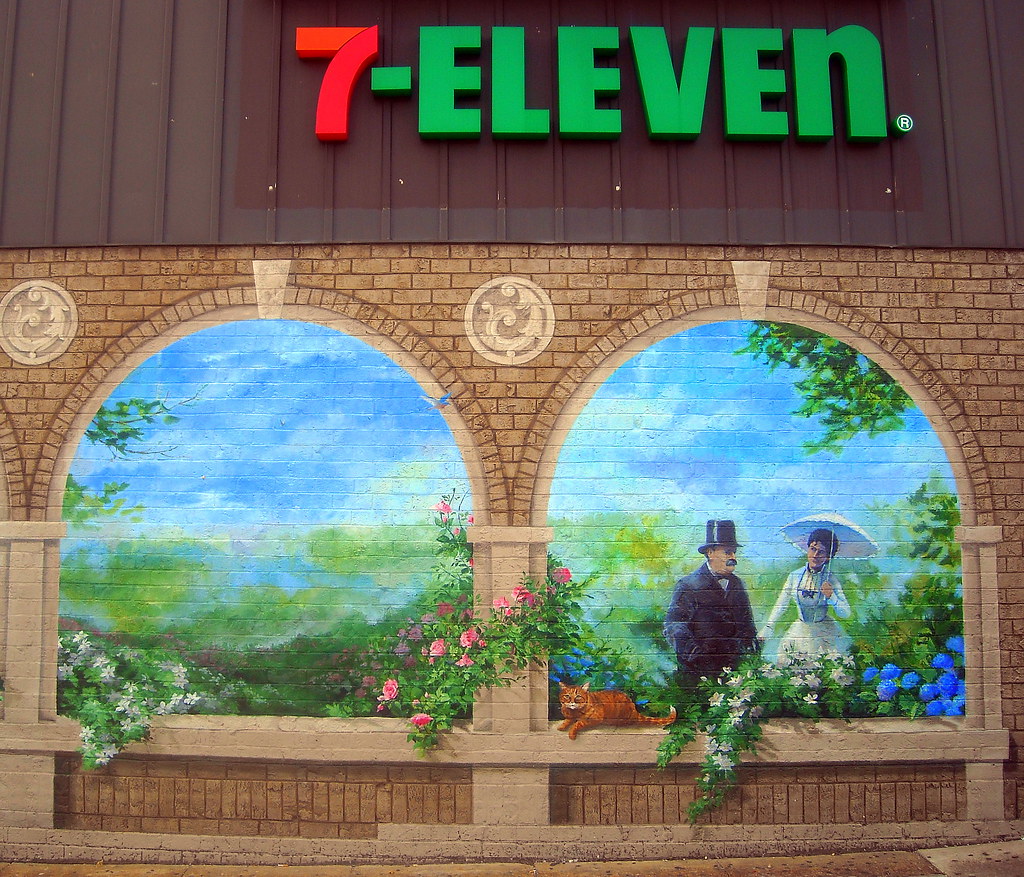Goodbyes. They carry the weight of finality, the hope of future reunions, or simply the end of a casual meet-up. The word ‘goodbye’ itself is fascinating, isn’t it? We’re all accustomed to it, it’s polite, and it’s unequivocally understood to mean parting ways. But have you ever stopped to wonder why there’s no variety in our parting words? Why don’t we say ‘bad bye’ when parting on terrible terms or ‘great bye’ after an especially wonderful encounter? The tradition of saying ‘goodbye’ is deeply ingrained in our culture, but the nuances of parting ways are far more colorful and diverse than this single term might suggest.
Casual Farewells: Light and Easy
Let’s dive into the intriguing world of saying farewell, shall we? The conventional ‘goodbye’ is just the tip of the iceberg. Below the surface lies a treasure trove of expressions that convey a range of emotions and intentions, from the formal to the casual, and the heartfelt to the humorous. ‘Goodbye’ might be the common denominator, but the alternatives paint a vivid picture of human interactions and their complexities.
Expressions like “see you later” and “catch you later” carry a casual tone, promising future encounters without the weight of finality. They’re perfect for everyday farewells, leaving room for the anticipation of future reunions.
Warm Wishes: Wishing Well Upon Parting
On the more formal side, we have ‘farewell.’ This word, with its old-fashioned charm, is usually reserved for partings that carry weight—a significant goodbye that might be the last. It’s a dignified way to bid someone adieu, infusing the goodbye with a sense of importance and respect.
Playful Farewells: Light-hearted Partings
And then there’s the playful ‘hasta la vista,’ borrowed from Spanish but immortalized in popular culture. It’s a fun, lighthearted way to say goodbye, especially among friends or in casual settings.
Global Farewells: Cultural Perspectives on Parting
But why limit ourselves to English? The world is vast, and the ways in which people say goodbye are as varied as the cultures they come from. From the French ‘au revoir’ to the Japanese ‘sayōnara,’ each language offers its unique take on parting words. Exploring these global farewells opens up a new dimension of understanding and connecting with others. It’s a reminder that, at its core, saying goodbye is a universal experience, one that transcends linguistic barriers.

Reflections on Farewells: A Tapestry of Human Expression
What’s more, the art of saying goodbye without actually saying ‘goodbye’ is a testament to human creativity and our ability to express complex emotions through language. It’s about reading the room, understanding the relationship, and choosing words that fit the moment. Whether it’s a casual ‘later’ among friends or a more poignant ‘farewell’ to someone moving away, the way we choose to say goodbye can add depth and meaning to our parting words.
We navigate the intricacies of human interactions and welcome the diverse array of goodbyes available to us. Saying goodbye doesn’t have to be mundane or heavy. With a bit of creativity and a willingness to explore the nuances of language, we can turn partings into moments of connection and expression. So, the next time you find yourself at the end of a conversation or parting ways with someone, remember: there’s a whole world of ‘goodbyes’ out there, each with its own flavor and significance. Embrace them, and make your farewells as unique as your hellos.
Related posts:
13 Ways To Say Goodbye: Formal & Casual English Synonyms





